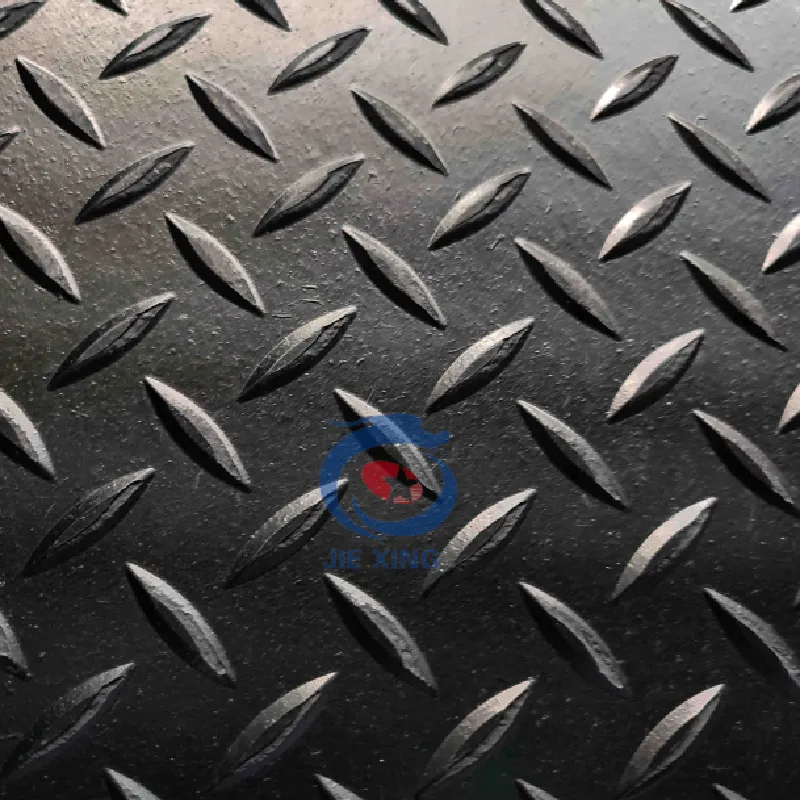Choosing the Right Weather Seal for Your Door Frame Installation
The Importance of Door Frame Weather Seals
When it comes to maintaining the comfort and efficiency of our homes, one often-overlooked hero is the door frame weather seal. These simple yet effective components play a crucial role in ensuring that our living spaces remain cozy, energy-efficient, and well-protected from the elements. In this article, we will explore the various aspects of door frame weather seals, including their function, types, installation, and benefits.
What is a Door Frame Weather Seal?
A door frame weather seal is a barrier designed to fill the gaps between a door and its frame. These seals prevent air, water, dust, and pests from entering a home. By ensuring a tight seal, they also contribute significantly to the overall energy efficiency of a building. The seals are typically made from various materials, including rubber, vinyl, or foam, and come in different designs to suit various door types.
Function of Weather Seals
Weather seals serve multiple purposes. Firstly, they prevent drafts that can lead to a drop in indoor temperatures during winter or an increase in temperatures during summer. This helps maintain a comfortable living environment and reduces reliance on heating and cooling systems. Secondly, they prevent water infiltration during heavy rain, thereby protecting the interior of homes from water damage, mold, and mildew. Furthermore, weather seals help reduce noise pollution by dampening sounds from outside.
Types of Weather Seals
There are several types of door frame weather seals, each designed for specific applications
1. Adhesive-backed Weather Stripping This type is easy to install and comes with a sticky backing that can be applied directly to the door frame. It is typically made of foam or rubber.
2. V Strip This strip is made of flexible plastic or vinyl. Its design allows it to create a tight seal when the door is closed, making it an excellent choice for traditional doors.
3. Door Bottoms These are seals that attach to the bottom of the door. They can be made from a range of materials and help prevent drafts and water intrusion from the lower portion of the door.
4. Thresholds These are often installed at the bottom of the door frame and work in conjunction with door bottoms to provide a robust seal against air and water.
door frame weather seal

Installation of Weather Seals
Installing weather seals is a straightforward DIY task that can yield significant benefits. Here’s a quick overview of the process
1. Measure the Door Frame Carefully measure the perimeter of the door frame to determine the amount of weather stripping required.
2. Choose the Right Seal Select a seal that fits your door type and environmental needs.
3. Clean the Surface Before installation, ensure that the surface is clean and dry to facilitate proper adhesion.
4. Trim and Attach Cut the weather stripping to the appropriate length and attach it to the door frame or door bottom, making sure it sits flush for a proper seal.
5. Test Closure After installation, test the door to ensure it closes properly and creates a tight seal.
Benefits of Weather Seals
The benefits of installing door frame weather seals extend far beyond simple comfort. Homeowners can expect lower energy bills due to reduced heating and cooling costs. Additionally, preventing moisture entry can protect the home from structural damage and discourage the growth of mold and mildew. Furthermore, improved air quality can be achieved by minimizing dust and allergens brought in from outside.
Conclusion
Door frame weather seals are an essential feature of any well-maintained home. By addressing gaps and providing insulation against the elements, these seals contribute significantly to energy efficiency, comfort, and overall home protection. As we strive for more sustainable living practices, investing in effective weather seals can be a simple yet impactful step toward a more comfortable and environmentally friendly home. Whether through DIY installation or professional assistance, adding weather seals is a wise decision that will pay dividends in the long run.
-
Under Door Draught Stopper: Essential ProtectionNewsJul.31,2025
-
Garage Door Seal and Weatherstrips for ProtectionNewsJul.31,2025
-
Edge Banding Tape for Perfect EdgesNewsJul.31,2025
-
Table Corner Guards and Wall Corner ProtectorsNewsJul.31,2025
-
Stair Nose Edging Trim and Tile Stair SolutionsNewsJul.31,2025
-
Truck Bed Rubber Mats for Pickup BedsNewsJul.31,2025
-
Window Weather Stripping for Noise ReductionNewsJul.29,2025